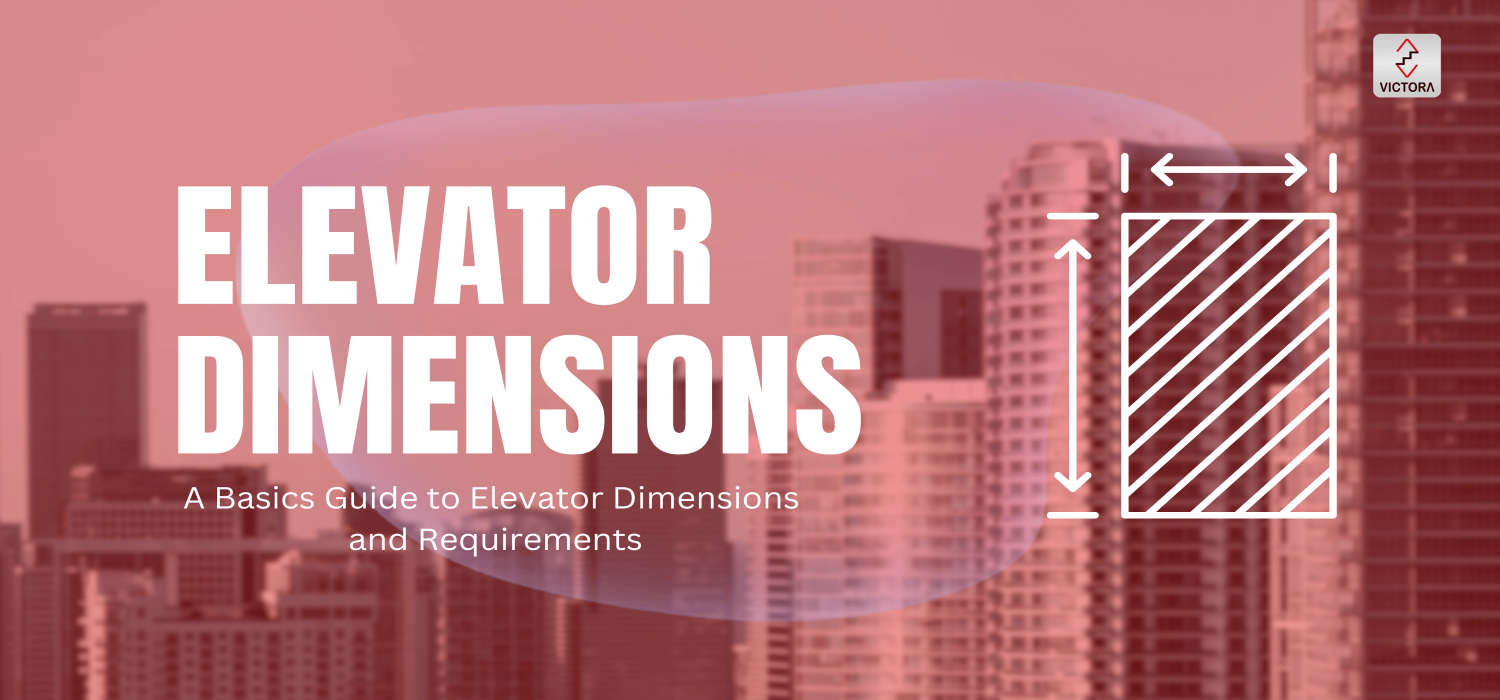Introduction About Elevator Dimensions:
Elevators have become a staple in man elevator dimensions of modern commercial buildings and are vital to the smooth operation of busy establishments. As such, building owners and developers must understand basic elevator dimensions and requirements to ensure that building codes are met and the elevators operate efficiently.
This blog post will explore the factors determining elevator dimensions and requirements that building owners and developers should consider.
Elevator Capacity:
When installing an elevator, it is essential to determine its capacity first. In elevators, capacity is measured according to the number of people that can occupy the cab, ranging from two to more than twenty. As well as accommodating passengers and cargo, the cab must be large enough to accommodate them.
Read More: Best Elevator Company in India
Speed and Travel Distance:
An elevator’s speed and distance are other important factors affecting its dimensions and requirements. The number of floors in the building and the average wait time that people can tolerate will frequently determine an elevator’s rate. The travel distance will also play a role in deciding a building’s elevator requirements.
Door Configuration:
The configuration of the elevator doors is another essential factor to consider. The positioning and size of elevator doors usually depend on the number of people using the elevator at any time. For example, Two sets of doors are necessary for buildings with heavy traffic to ensure people can quickly enter and exit the elevator without congestion.
Shaft Size:
The size of the elevator shaft plays a crucial role in determining the final dimensions of the elevator. Vertical clearances must be considered during the building design to ensure the elevator and its passengers can travel safely to each floor.
Power and Energy Efficiency:
Another critical consideration is the type of power required and an elevator’s energy efficiency. Hydraulic elevators are generally more energy-efficient but require a larger motor size than their electrical counterparts. Environmental concerns and energy efficiency needs are becoming increasingly essential factors in considering the type of elevator installed in a building.
Conclusion:
Elevators have become a crucial element in many modern buildings, and it has become essential for building owners and developers to conform to the necessary elevator dimensions and requirements. Determining the right size of an elevator cab, travel distance, door configuration, hydraulic or electrical power usage, and energy efficiency will go a long way in facilitating smooth operation and compliance with building codes.
This article aims to provide building owners and developers with the necessary information regarding elevator installation. It is possible to design an elevator that will be efficient and cost-effective while meeting the individual needs of a building and its users by carefully planning and considering these factors.
Faqs
-
What are the minimum dimensions for an elevator?
- Location and building codes can determine an elevator’s minimum dimensions. An elevator should generally have an interior floor space of at least 4 feet by 4 feet (or approximately 1.2 meters by 1.2 meters). Depending on the region and the intended use of the elevator, your local building codes may have specific requirements.
-
What is the standard size of a commercial elevator?
- A commercial elevator typically measures 5 feet by 7 feet (or about 1.5 meters by 2.1 meters) to 8 feet by 8 feet (or about 2.4 meters by 2.4 meters). These elevator dimensions can vary based on the specific needs of the building, the passenger capacity, and local building codes.
-
What is the capacity of an elevator?
- The maximum weight limit and the ability of an elevator to carry passengers safely determine its capacity. A standard commercial elevator typically accommodates between 1,000 and 5,000 pounds (450 and 2,270 kilograms). According to the elevator’s size and weight limit, passengers can range in age from 13 to 25.
-
What is the minimum width of an elevator door?
- Elevator doors typically measure 36 inches (or 0.9 meters) wide. ADA-compliant elevators may have wider doorways, typically 42 inches (or about 1.07 meters), to accommodate wheelchairs.
-
What are the dimensions of a hydraulic elevator?
- A hydraulic elevator’s dimensions vary depending on its intended use and the specific design chosen by the manufacturer. An elevator cab might measure between 5 feet by 7 feet (or about 1.5 meters by 2.1 meters) and 8 feet by 8 feet (or about 2.4 meters by 2.4 meters). The requirements of the building, the elevator’s capacity, and any applicable regulations will determine the exact elevator dimensions.


